SUMMARY
This is AI generated summarization, which may have errors. For context, always refer to the full article.
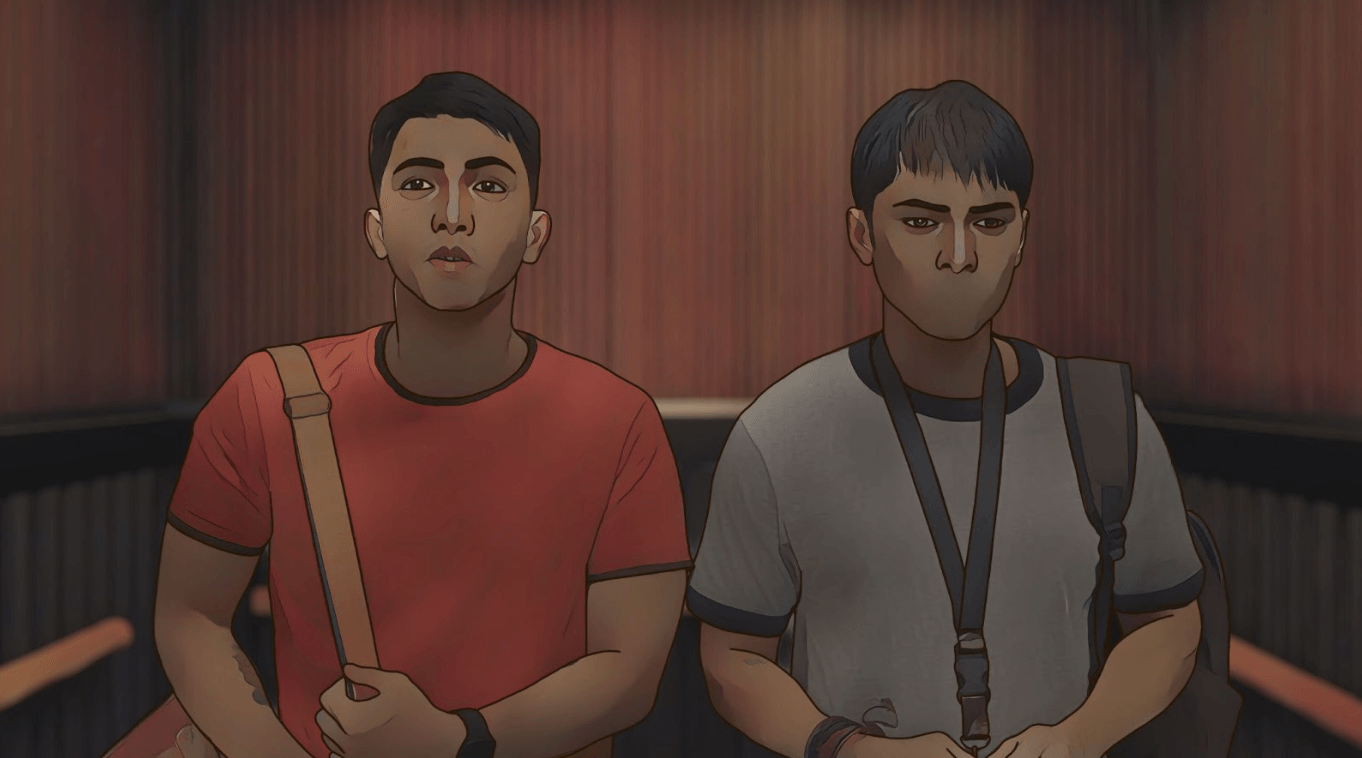
Since the Cinemalaya Philippine Independent Film Festival’s inception almost two decades ago, it is only this year that an animated film — Carl Joseph Papa’s Iti Mapukpukaw (The Missing) — is competing in the tilt’s feature-length category. This is another historic feat, following Sheryl Rose Andes’s Maria, the first full-length documentary to be included in the same section.
But “it was a mixed bag of emotions” when Papa found out that his film was going to be part of the official selection, considering that his previous works included at the festival were only shown in exhibition.
“At first I was happy because we worked really hard on the story and the script. It took many iterations before we arrived at what the story is now,” Papa tells Rappler.
“[I’m] excited because this is my first time to be officially part of the festival…[and] nervous because, right then and there, my brain went into overdrive thinking of the animation, the production, and how we are going to pull this off correctly without losing the story’s sincerity,” adds the director.
This selection is hard to attribute to sheer luck, especially for those who are familiar with Papa’s work. His first feature film Ang ‘Di Paglimot ng mga Alaala won the NETPAC Jury Prize at the 2014 QCinema International Film Festival, while his short film Love Bites was nominated for best picture under the QCShorts Competition in the festival’s 2017 edition.
His first animated feature film Manang Biring was named best picture at the 2015 Cinema One Originals Digital Film Festival and went on to compete at the 2016 Asia Pacific Screen Award. Paglisan, his 2018 Cinema One comeback, won him another best picture, among other awards. The film also became a nominee at the Gawad Urian and FAMAS Awards in 2019.
Iti Mapukpukaw finds a mouthless young animator at the intersections of grief and trauma.
Yet despite the film being Papa’s third animated feature already, he reveals that the animation process did not come easy, as he had to work with 90 animators within eight months of post-production.
“It was a hard but gratifying task leading the animation team,” says Papa. “It was also overwhelming at times because we are made up of around 90 animators, and I had to interact with each of them. But there was a sense of fulfillment every time I saw moving frames.”
Gio Gahol, one of the lead actors in the film, says that he “was in tears after reading the script for the first time.”
“Moreso after reading it the second time when I started picturing the story in animation. It made absolute sense to me why it had to be told in animation, and I told Carl how rich the imagery is in his script,” says Gahol.
“There’s so much thought and emotion packed into the simplicity of the writing, considering, for almost the entirety of the story, Eric doesn’t (can’t) speak. It’s exactly the missing aspects that made the story a complete journey for me,” he adds.
Before the film screens at Cinemalaya this August 4 to 13, I had the opportunity to talk to Papa and Gahol. Here, they share more about their experience working with each other alongside Carlo Aquino and Dolly de Leon, the constraints during the production of the film, and Papa’s first contact with animation.
This interview has been edited for brevity and clarity.
Before you submitted to Cinemalaya, was it already clear to you that you were going to make another animated film? Or have you also given live action or any other form a thought?
Carl Joseph Papa: For this film, I knew that it was going to be animated from the get-go. There was no other way to tell it. In its fullest sense, animation is to bring life, and that’s what we are aiming to do. We are hoping that, by bringing life to Eric, we hope that we spark encouragement, conversation, [and] inspiration towards what the film is trying to tell.
The film is essentially about a young animator dealing with an ‘alien’ and the death of his uncle. Where did the idea come from? How long did you write and develop the script?
Carl Joseph Papa: Iti Mapukpukaw is a personal story of trauma and dealing with a dark past. The story took me around three years to write. I let my life experience (past or present) guide me whenever I write, so it took me quite some time before I got to finish it and create a sincere but real story about trauma.
The film stars Dolly de Leon, Carlo Aquino, and Gio Gahol. Did you already have them in mind while you were pitching the story to Cinemalaya?
We had a list of actors in mind when we were creating the story and the pitch deck. But ultimately we picked Carlo Aquino, Gio Gahol, and Dolly de Leon because we are sure they were perfect for their roles. There needs to be a certain balance to how the characters should appear and interact with each other. And they all did just that.
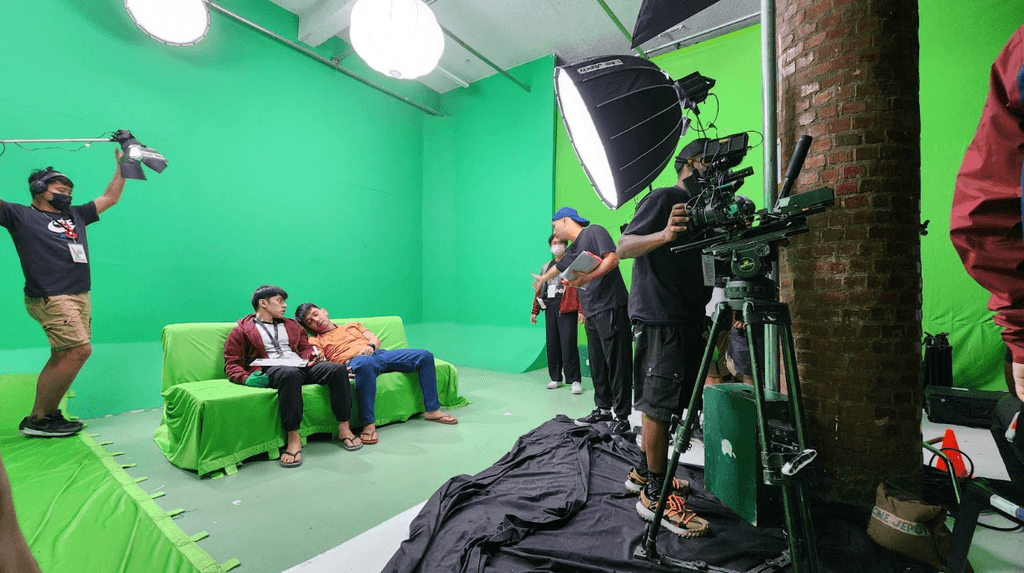
Gio, can you talk about your role in the film?
Gio Gahol: I play the role of Carlo, Eric’s (Carlo Aquino) workmate. Carlo has a crush on Eric and the night that he finally gets the chance to spend time with Eric outside the office setting kickstarts the string of peculiar events in Eric’s life, which Carlo finds himself entangled in. He thought he was just giving Eric a ride home. And maybe he did. He just didn’t know the way, but, eventually, he did.
Is this your first time working with Carl? How does it feel?
Gio Gahol: Yes, it is. He’s a very generous creator and I could tell right off the bat how much of himself he puts into his work. Working with Carl, I’ve seen that he always makes room for vulnerability in his decision-making process; he has a genuine curiosity in how his actors, as themselves, understand the story and allows space and time for necessary conversation. As a person and as an actor, nothing makes me feel more trusted than someone making sure whatever questions I have are met with thoughtful discussions and/or substantiated answers. I’ve always gravitated towards creators who put their humanity upfront alongside their profession. And Carl is that kind of creator.
How about with Dolly and Carlo?
Gio Gahol: I’ve worked with Carlo before but we didn’t have any scenes together. It’s been on my wishlist ever since to share the screen with him. Carlo is very present, very magnetic. This totally made up for the fact that we were shooting in a practically bare studio space and, as I’ve mentioned, him having no speaking lines. I’ve always known him to be a terrific actor and to finally witness and experience his work first-hand felt surreal.
I’ve known Tita Dolly for close to a decade now. We met in a theater festival where we were both cast in two separate productions. It’s our first time working together in Iti Mapukpukaw and it’s an absolute delight to be with a fellow theater artist in this film. Tita Dolly exudes so much passion and dedication to her craft. It’s inspiring, especially because I know that what drives her to be excellent is her hope and trust for bigger and better things for the creative industry in the country.
You’ve been busy with theater work lately. How is being in a film production different, if any, especially in terms of creative process?
Gio Gahol: Working as an actor in theater and film both always excites me, because I get to be part of telling a story. The differences between storytelling onstage and in front of the camera are mostly technical details. But I find that the truths told through the stories in both platforms hold the same gravity, breadth, and depth. So as far as my creative process is concerned, in either theater or film, I make sure to go through a complete journey of the material — find, discover, get lost in, and understand its truths — before I navigate through the technical requirements of telling the story.
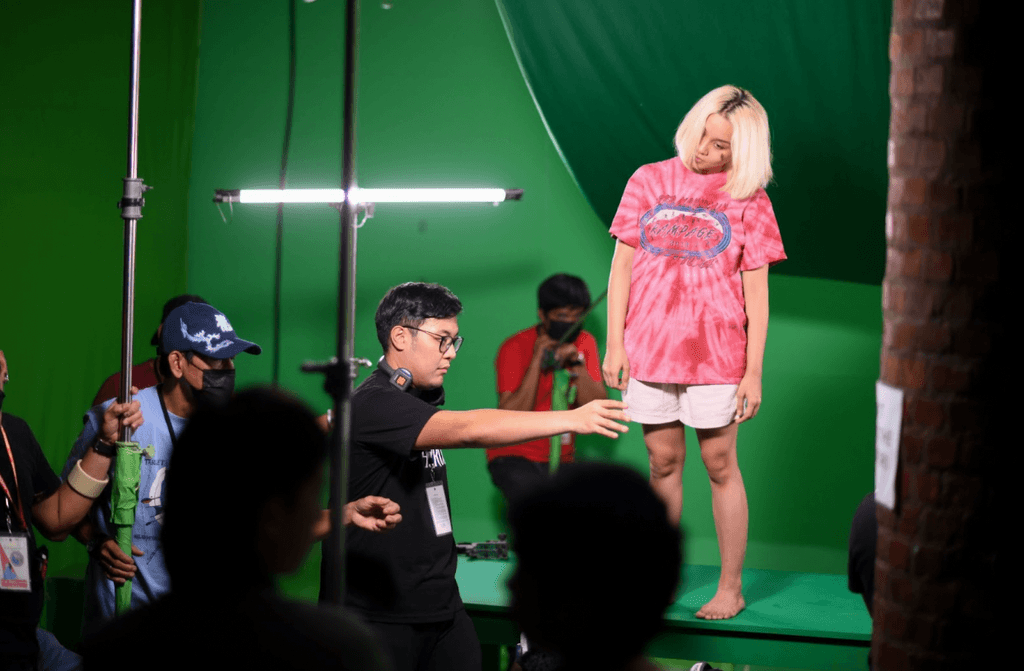
How long did it take to complete the film? How was the experience during the production? What were the challenges?
Carl Joseph Papa: We were notified early last year that we are part of Cinemalaya 2023. Right then and there was the unofficial start of the pre-production. I started creating sample animations, sketches, storyboards, did revisions to the story, etc. Then we formed our team. We shot the live action parts (which would eventually be turned to rotoscope animation) at the end of November. Then we started post-production in December. The animation started in parallel, but the rotoscope parts started around January of this year. Animating the film took us around eight months.
It was great fun shooting the film. I had the honor of collaborating with the best people, and we all complemented each other. It was a light and happy shoot even though we are telling a rather dark story. There were also lighter moments on set where people would just sing out loud or dance to Tala in between takes (thanks Gio for keeping us entertained).
Production-wise, the challenge was that we had to shoot for four days because of schedule constraints. But we were able to shoot everything that was needed. It also helped that we had a very detailed storyboard that guided as in the shoot.
For the animation, the challenge was to have every animator deliver the same quality of animation. It was a slow start but when they started to get the hang of it, it got easier for me to check their work. I am lucky to have very hard working animators all invested in finishing the film.
Gio Gahol: I had just two shooting days. The first day was just with Carlo and the second with Carlo and Tita Dolly. It’s my first time being in an animated film so I didn’t know exactly how to go about acting in one. Of course, Carl and Alywn Uytingco (assistant director) briefed us and were very hands-on, giving us actors specific instructions while shooting every scene. Personally, what I found challenging was being the one with the most lines in the film. Because, you know, Carlo’s character doesn’t have a mouth.
Carl, I’m curious about the first time you fell in love with animation.
Carl Joseph Papa: I loved drawing when I was young. I grew up watching a lot of anime shows (Zenki, BTX, Ghost Fighter, Dragon Ball, to name a few) and I would draw them on my sketchpad. But what really got me inspired was when I saw Waking Life on cable TV. I was deeply mesmerized with it. I recorded it on an old VHS tape that I had and I watched it over and over. I studied how it was made. For me, the film was pushing the boundaries of what an animated film could do.
You used rotoscoping for this film. Why this particular technique, and can you share more about the experience of leading the animation team?
Carl Joseph Papa: Actually, we used two styles of animation for the film. One is rotoscope animation where you trace the frames after shooting it live action. It was a clear, conscious choice to use rotoscope because the style compliments the story. I wanted to bring about a feeling of confusion, which makes the viewers question whether things are real or not. That same notion also applies for the protagonist’s mental state as the story progresses.
The other style of animation used in the film is the traditional 2D hand-drawn. In this style, we wanted to evoke nostalgia and make us remember what it feels to be young.
I am lucky to have Eru Petrasanta, Christela Marquez, Matthew Erickson Echague, and Kach Nerida on board helping me. It’s also a great plus that the animators were very fun to work with.
What are your favorite moments on set?
Carl Joseph Papa: During the shoot, it was when we shot the ending. It was cathartic. I was on the floor, crying happy and sad tears.
As for the time when we were animating the film, there were times that I could sense that the animators were getting tired. But to cope with the pressure, they would make fan art and share it with the team. Most of them are very funny. I wish I could share them with you.
Gio Gahol: The moment featured in our film poster. That moment (cries). – Rappler.com
Add a comment
How does this make you feel?
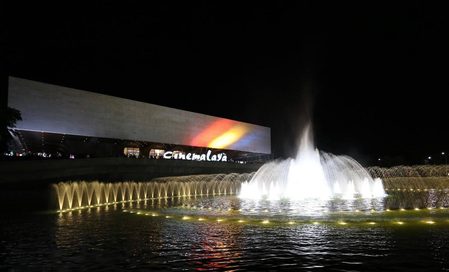

![[Only IN Hollywood] Mabuhay to Martha Millan, badass in ‘Gentlemen,’ the rock of ‘Cleaning Lady’](https://www.rappler.com/tachyon/2024/03/MarthaMillanTheGentlemenMabuhayAsMercyInTheGentlemenShesNotYourMeekTitaCreditNetflix-1.png?resize=257%2C257&crop=224px%2C0px%2C853px%2C853px)
![[Only IN Hollywood] ‘Expats’ director Lulu Wang praises Filipinas Ruby Ruiz and Amelyn Pardenilla](https://www.rappler.com/tachyon/2024/03/Screenshot-2024-03-06-at-4.31.33-PM.png?resize=257%2C257&crop_strategy=attention)
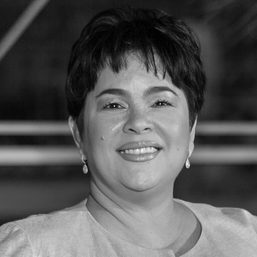


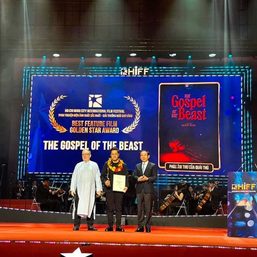
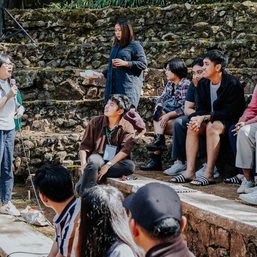
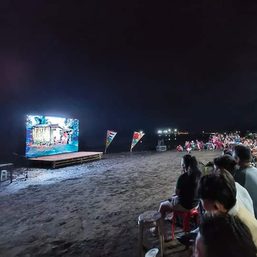
![[Only IN Hollywood] Eugene Domingo steals show at Manila International Film Festival](https://www.rappler.com/tachyon/2024/02/MIFF2024EugeneDomingoJokingkyAsksForAKissByDingdongDantesBeforeAnnouncingBestActorWinnerBySthanleeBMirador1.jpg?resize=257%2C257&crop=163px%2C0px%2C955px%2C955px)
There are no comments yet. Add your comment to start the conversation.